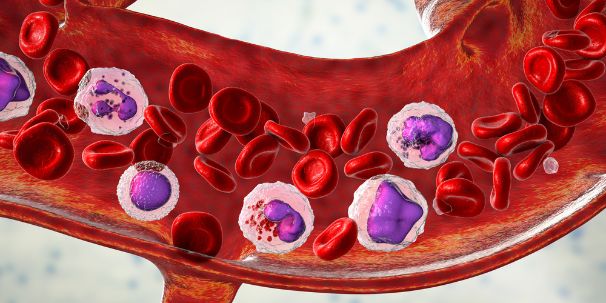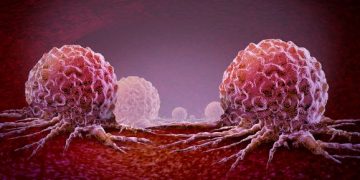Chronic lymphocytic leukemia is a type of cancer that starts in blood-producing cells called lymphocytes. It’s one of the most common types of leukemia in adults, and it usually happens during or after middle age. Symptoms may include enlarged lymph nodes, fatigue, anemia and easy bleeding. Sometimes, the lymphocytes grow out of control and crowd out healthy cells, which can lead to serious problems. The disease can also spread from the bone marrow to other parts of the body.
Doctors aren’t sure what causes this cancer to develop. But they do know that something causes changes (mutations) in the DNA of the lymphocytes. These mutations cause the cells to grow out of control and build up in the bone marrow and blood. The abnormal lymphocytes crowd out healthy lymphocytes and interfere with the normal production of new blood cells.
These abnormal lymphocytes can eventually spread to other parts of the body, causing complications such as infections, anemia and easy bleeding. They can also cause the organs to become larger than they should be, such as the liver and spleen.
The doctors who treat CLL are on a mission to find out what causes it so that they can prevent or treat the condition. They are looking for ways to improve treatment, including developing new drugs and combinations of treatments. They are also evaluating whether genetic factors and the environment influence a person’s chance of getting this type of leukemia.

There are many risk factors for CLL, including age and race. The disease occurs more often in people over 60, and it’s more common in white people than in people of other races. A family history of blood and bone marrow cancers also increases your risk. So does exposure to chemicals such as certain herbicides and insecticides, including Agent Orange used in the Vietnam War.
If the doctors think you have CLL, they’ll do a series of tests to find out how fast it’s growing. Depending on the result, you might not need immediate treatment. The care team will talk with you about the results and suggest the next steps.
To diagnose this type of leukemia, your doctor will check your symptoms and examine you. A blood test called a complete blood count can show if your lymphocytes are too high. Other blood tests measure your red blood cell and platelet counts and the levels of certain proteins such as beta-2 microglobulin. The doctors will also do an imaging test to check if your lymph nodes, liver and spleen are enlarged.
Your doctor will use a process called staging to find out how far the lymphocytes have spread. This is important to help decide what treatment is best for you. Staging is based on how many lymphocytes are in your blood and bone marrow, how fast they’re growing, whether there are certain gene changes and if you’ve had the cancer before. It also takes into account your general health and how you feel.








